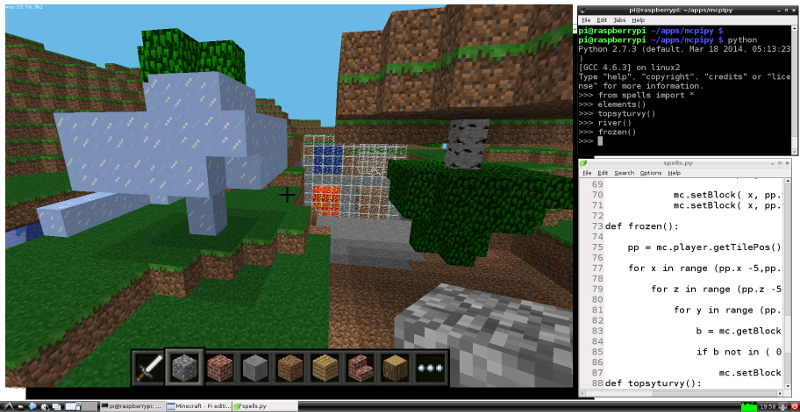Is enforcing truthfulness the opposite of beauty?
Can 2 + 2 = 5?
Improvements, corrections, further contributions are welcome.
$ cat five.cpp
#include <iostream>
int operator+( int x, int y ) { return 5; }
int main() {
std::cout << 2 + 2 << std::endl;
}
$ g++ five.cpp
five.cpp:2:29: error: ‘int operator+(int, int)’ must have an argument of class or enumerated type
$ python
>>> int.__add__ = lambda y: 5
TypeError: can't set attributes of built-in/extension type 'int'
$ cat five.hs
import Prelude hiding ((+))
x + y = 5
main = print ( 2 + 2 )
$ ghc five.hs && ./five
5
$ cat five.rb
class Fixnum
def +(y)
5
end
end
print 2 + 2
$ ruby five.rb
5
$ mzscheme
> (define (+ x y) 5)
> (+ 2 2)
5


